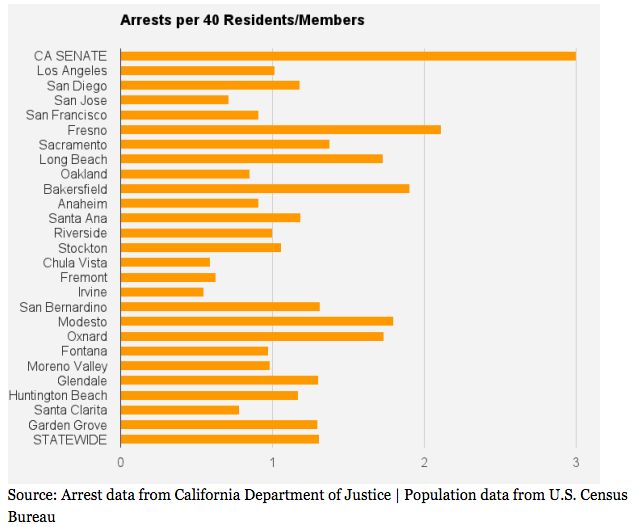Politico recently ran an interesting story on the Relative Value Scale Update Committee – the “RUC” – a body convened by the American Medical Association that fixes the fees that Medicare pays physicians. It describes the absurdity of a committee of physicians fixing fees that the government pays physicians, and demonstrates how the RUC pays primary-care practitioners much less than specialists. Here is how it works:
William Hsiao, the economist who designed the Medicare Prospective Payment System, determined Medicare’s fees as follows: “He put together a large team that interviewed and surveyed thousands of physicians from almost two dozen specialties. They analyzed what was involved in everything from 45 minutes of psychotherapy for a patient with panic attacks to a hysterectomy for a woman with cervical cancer. They determined that the hysterectomy takes about twice as much time as the session of psychotherapy, 3.8 times as much mental effort, 4.47 times as much technical skill and physical effort, and 4.24 times as much risk. The total calculation: 4.99 times as much work. Eventually, Hsiao and his team arrived at a relative value for every single thing doctors do.” (Rick Mayes and Robert A. Berenson, Medicare Prospective Payment and the Shaping of U.S. Health Care, Baltimore: Johns Hopkins University Press, 2006, p. 86.)
The Politico story also described a lawsuit which asserts that the RUC should be regulated like a Federal Advisory Committee, and not allowed to operate in secret as if it were just another committee of a private professional society. The American Medical Association’s rebuttal of the Politico feature is exactly what one would expect from an inside-the-Beltway mindset:
When providing input to Medicare, the RUC and others must follow principles established decades ago by economists at Harvard University that are required by federal law and regulations.
In recent years, the committee has evaluated (AMA login required) more than 1,700 medical services accounting for $38 billion in Medicare spending. The committee has sent recommendations to the Centers for Medicare & Medicaid Services for reductions or deletions of 935 services, resulting in a redistribution of more than $3 billion in the Medicare program.
In fact, the committee’s complicated work has long garnered the praise of government officials.
Imagine that: The RUC not only fixes prices, but fixes prices according to regulations “established decades ago”! What could go wrong with that? Substitute “groceries”, “auto parts”, “clothing”, “athletic equipment”, or anything else for “physicians’ fees”, and you immediately see how ridiculous the whole thing is. Can you imagine a committee where hockey coaches and baseball coaches get together to give the government advice on the relative prices of pucks versus baseballs?
Nevertheless, regulating the RUC as a Federal Advisory Committee would not solve the fundamental problems. First, the federal government should simply not be fixing medical prices, any more than it should fix prices of groceries for people receiving food stamps (SNAP). Second, I do not pretend to know the value of a family doctor versus another specialist, but it is certain that a third-party payer (government or private insurer) will have a much harder time understanding what a primary-care doc does during an office visit than an orthopedic surgeon does during a knee replacement. Specialists will always be paid more when prices are fixed this way, whether the process is transparent or not.
* * *
For the pivotal alternative to Obamacare, please see the Independent Institute’s widely acclaimed book: Priceless: Curing the Healthcare Crisis, by John C. Goodman.







